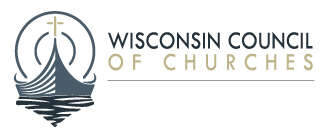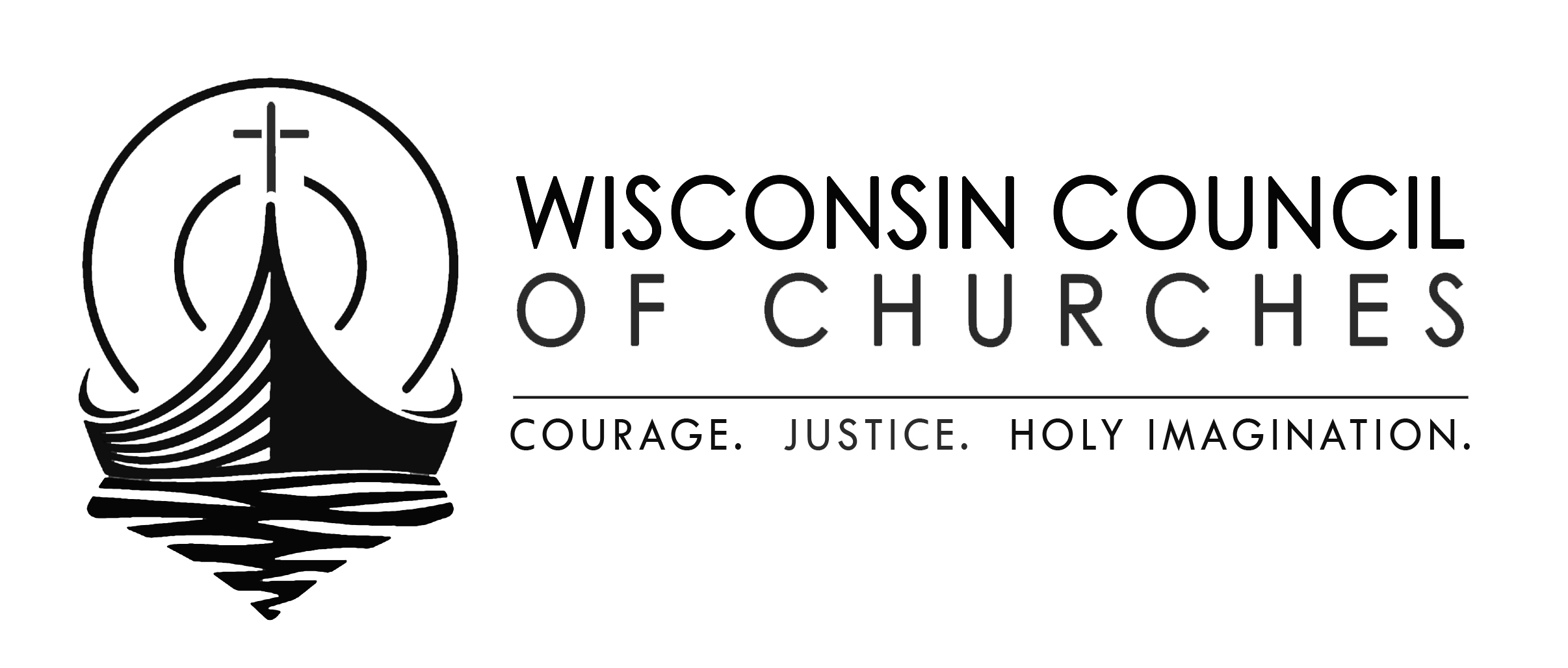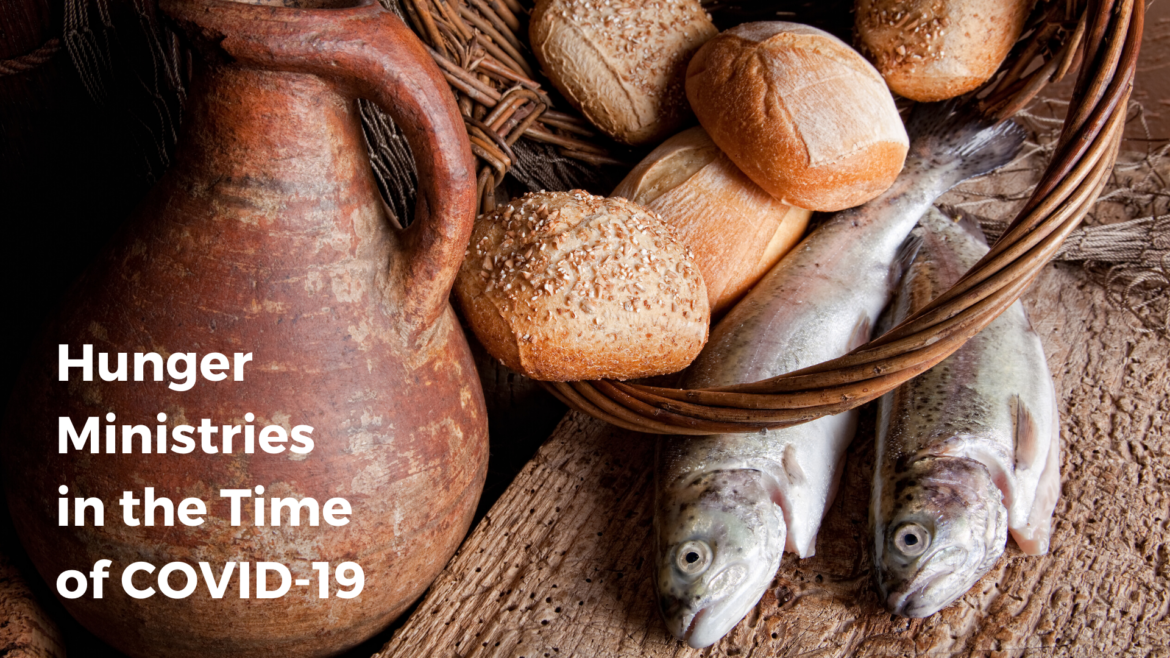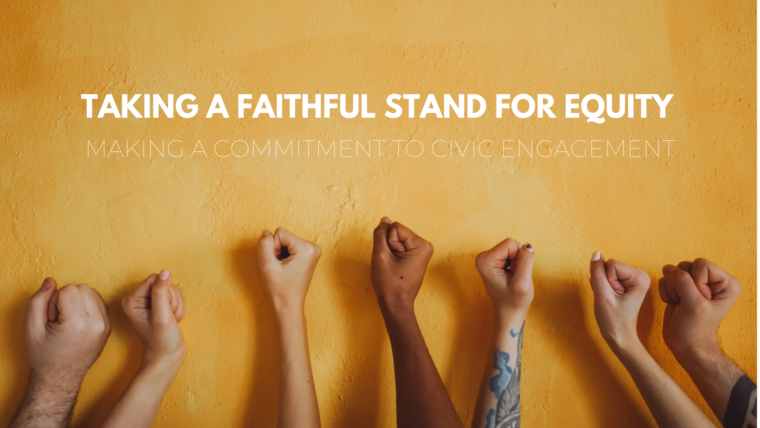Now when Jesus heard this, he withdrew from there in a boat to a deserted place by himself. But when the crowds heard it, they followed him on foot from the towns. When he went ashore, he saw a great crowd; and he had compassion for them and cured their sick. When it was evening, the disciples came to him and said, “This is a deserted place, and the hour is now late; send the crowds away so that they may go into the villages and buy food for themselves.” Jesus said to them, “They need not go away; you give them something to eat.” They replied, “We have nothing here but five loaves and two fish.” And he said, “Bring them here to me.” Then he ordered the crowds to sit down on the grass. Taking the five loaves and the two fish, he looked up to heaven, and blessed and broke the loaves, and gave them to the disciples, and the disciples gave them to the crowds. And all ate and were filled; and they took up what was left over of the broken pieces, twelve baskets full. And those who ate were about five thousand men, besides women and children. – Matthew 14:13-21, NRSV
Amid the COVID-19 pandemic, the church has discovered the need to implement rapid changes in many ministries. Some have been readily moved online, to the telephone, or US Mail. Other ministries, such as those which meet the needs of people in our communities who are hungry or unhoused, require more of a physical presence.
Many churches are part of the emergency food network in their communities, through food pantries, community meals, community gardens, or by providing emergency gift cards. This is a vital part of Wisconsin’s ability to feed people who are hungry, working alongside federal food and nutrition programs, financial security, and a strong food system.[1] When other pillars of this system are disrupted – through lost employment, schools out of session, and/or dislocation, there is a more urgent need for the church to respond, with both advocacy rooted in our Christian values, and direct service to those who are the most vulnerable.
In ordinary times, we are able to gather together more easily to increase our ministry capacity, revise our processes and seek out donations. These extraordinary times require extra creativity, imagination, and care to protect staff, volunteers and those guests we are seeking to assist.
We are grateful for the testimony of the Loaves and Fishes ministry of Ebenezer and Watertown Moravian Churches, which were able to make adaptations to their weekly Community Meal in order to meet increased need in their area, while maintaining a safe environment for all concerned.
Testimony from “Loaves and Fishes” ministry coordinator, Ebenezer and Watertown (WI) Moravian Churches[2]
Loaves and Fishes has been a ministry of Ebenezer and Watertown Moravian Churches for 10 years now. It has provided free meals to anyone who comes between 5 and 6 on Monday evenings. The meals began as a way to feed and build community. Attendees are never asked anything and there is no money accepted, not even an offering plate. The idea is we wish for everyone to come and eat. We would never want anyone to feel obligated or unwelcome if unable to donate. To keep from separating, we do not even provide the opportunity to give. All donations are received at other times, not Monday nights.
Here is how it is “normally” run…we have a cook, she makes the main dish every week. It is her ministry and she is fantastic! We have the same small group of volunteers, one washes dishes, another deals with trash, one organizes, one hands out numbers to keep people in order, etc. We have partnered with community groups (employers, nonprofits, etc) over the years and each group comes twice a year, providing 4-8 volunteers along with side dishes and desserts. Usually those volunteers plate the food, walk around with the coffee/milk/water cart for drinks and keep the dessert table well stocked.
We also have a “donation table” filled with donated food for anyone to take as much as they need. Local supermarkets give us day-old pastries and bread, the food pantry brings surplus food and some people drop off food they wish to share.
Again, on “normal” days, people arrive, get a number (just to keep order) and come through the line by number groups (1-10, 11-20, etc). This ensures food for everyone and there is usually an opportunity for seconds. We average about 65 people, less in the winter, more in the summer.
When the pandemic hit, it was a discussion of what to do and how to proceed. We knew people need to be fed and we could not stop offering our free community meal. So thanks to amazing leadership, here is what we did…
The same core volunteers arrive, making the food and organizing meals in “to-go” containers. Volunteer groups arrive and help with the plating and delivering of food. Cars line up, people remain in them, and the volunteers deliver enough meals for everyone in the vehicle. Each vehicle also receives a bag of food items donated, usually breads, pastries, canned goods, chocolate and other items that would be on the donation table. Each meal includes a main dish, a side dish or two and dessert. Recently, we have gotten donations to include gallons of milk in the bags. Also, some have been considering donations of grocery store gift cards in the bags as well.
Things that are different…we have always used safe food practices and have a commercial grade kitchen with ServSafe standards. All volunteers wear masks. Hand-washing is required, as it usually is. Only the volunteers are in the building during the food distribution. Donations are taken prior to the meal as to keep everything safe. It is important for everyone to feel comfortable and those who have been doing this for years just continue doing it, like nothing is different. There is friendliness in food delivery and community building even while masked. It is important to be a calming presence, especially as many of those served may be uncertain of their next meal. We even partnered with the local senior living center and provide 50 meals to their residents, many who are vulnerable. This was organized by the center and one person picks up and delivers the meals weekly. As news is spread of our meal still serving, more come and more are fed.
Things we have learned through ministry in a pandemic.…people need one another. We have many who come for the food but still some who come to connect, see a familiar face and check in. It is important that we never judge anyone, we are just so happy to give a meal. We welcome people however they arrive, and are creative in sending home enough food with those who walk or bike. We are reaching record numbers, over 200 meals a week. At first we were concerned of funds and volunteers, but for 10 years we have had enough and we trust we will have enough as we keep going. Many people are looking to give and we receive donations on a regular basis from unexpected places. Our usual sources of funding included catering, which we are unable to do at the current time. We have been so thankful that the funds and volunteers continue coming each week.
We made it abundantly clear, no one is expected to come and everyone needs to make the best decision for their own health. They all keep coming, vulnerable or not. We need purpose, we need each other. This ministry may seem cumbersome at times, but it gives life to those we feed and to those who feed. We all need this, especially at this time.
This began years ago when we realized we have a gift of feeding people and we have a hungry community. What is your church’s gift and what are the needs?
The ministry coordinator at Ebenezer Moravian is willing to speak with churches interested in starting or re-starting their food ministry to address hunger at this time. Be in touch with the Council at wcoc@wichurches.org in order to receive contact information.
Safer Hunger Ministry Practices
- All volunteers wear masks (learn how to smile with your eyes)
- Hand washing is required. Use excellent hand hygiene!
- Receive donations prior to guests’ arrival.
- Organize meals in to-go containers/pre-pack grocery bags in advance for pickup
- Only volunteers in the building during food distribution
- People receiving food stay in car (on bike), volunteers deliver enough meals for everyone in vehicle. Each vehicle arriving for meal might also receive a bag of donated groceries or grocery gift cards.
- Be friendly in food delivery & build community
- Seek out “unusual” partners – is there a supplier without an outlet for their food? A group facility that needs extra food? An untapped supply of ministry volunteers?
- All of these are simultaneously true: People need one another. We need purpose. No one should be expected to come for a volunteer shift. Make the best decision for your health.
Other Resources – Community Meals, Food Pantries, Community Gardens
- UW-Extension Responds to COVID-19: Food Systems. Includes flyer for Community Gardens and toolkit for Food Pantries. https://fyi.extension.wisc.edu/covid19/category/topics/communities/food-systems/
- Feeding Wisconsin COVID-19 Resource Page. https://feedingwi.org/programs/covid-19/
- Hunger Relief Federation of Wisconsin the Hunger Task Force – contact Natalie Czarkowski at the natalie@hungerrelieffederation.org about conference calls and issues reports for emergency food providers
This document was developed by Wisconsin Council of Churches staff with input from ministry leaders and public health experts. This is not a formal policy statement. We recommend that you consult your religious authorities, local health department and any relevant licensing agencies for final guidance. Released 05/28/2020.
Click here to download a PDF of this resource
Have you appreciated or benefited from our crisis response ministry with respect to the coronavirus? Please share a word of testimony, or make a donation to sustain this work, which is helping clergy and churches here in Wisconsin, and across the nation.



